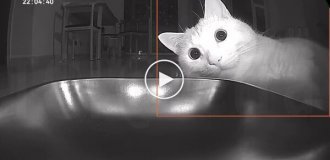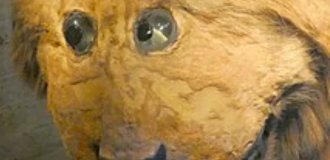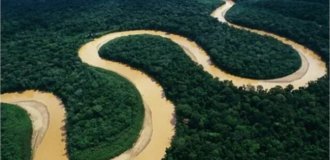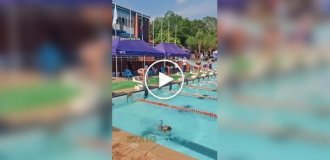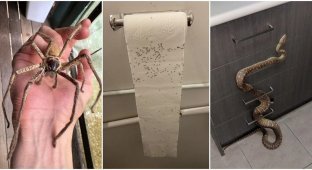Dophleinia: poisonous “mines” on an Australian beach (7 photos)
Divers have a rule: if you don’t know what it is, don’t touch it. The heroine of this article, dophleinia, is one of the reasons why this rule appeared in the first place. Anyone who touches it without protection will forever remember months of pain, which is almost not suppressed by painkillers. 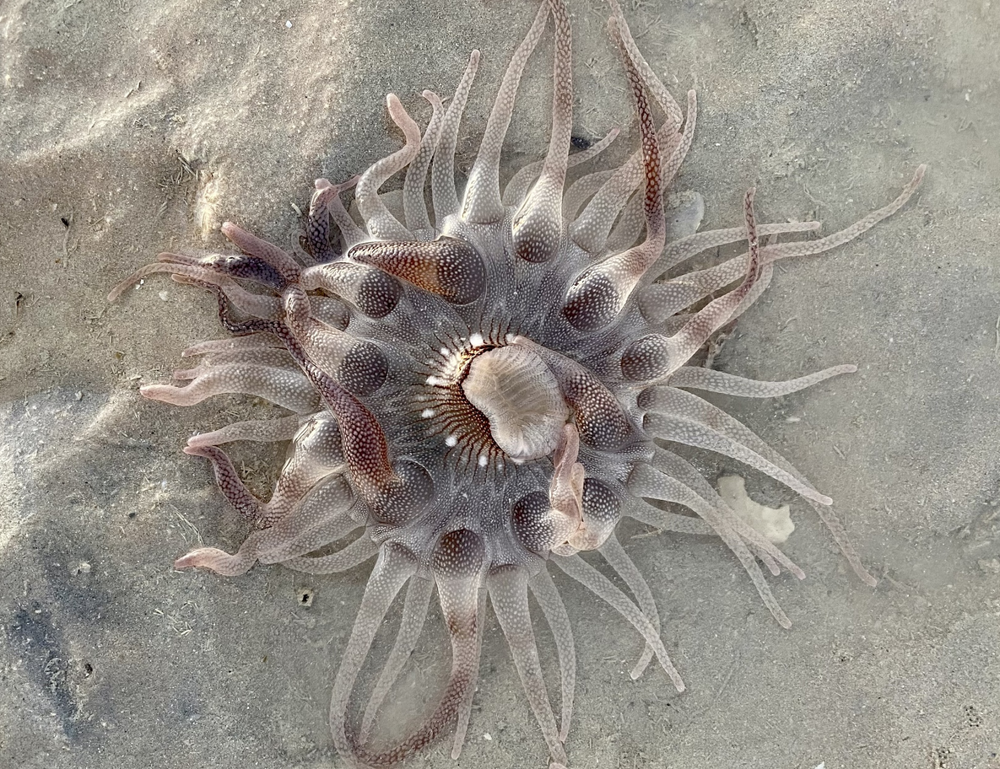
Wow, this is another vile monster from the bottom of the ocean!
Dophleinia - sea anemone. Moreover, it is quite large: the length of its body reaches 20 centimeters, and its thick snake-like tentacles stretch half a meter in length. The invertebrate buries itself in mud or sand, so from the outside it looks like dozens of sea snakes intertwined together. Thanks to this feature, the animal received a second name - snake ball. 
+1 phobia on a beach holiday. But it's beautiful.
Dophleinia also has one more name: armed sea anemone. Each tentacle is studded with thousands of cnidocytes. These are special cages with harpoons hidden inside. They are also called stinging ones. 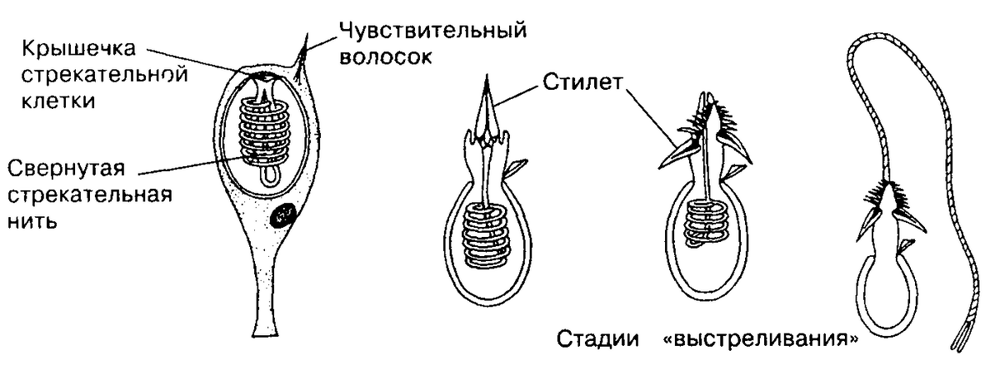
A cnidocyte at different stages of its work.
Cnidocytes are an excellent plankton hunting weapon. Caught shrimp, cladocerans and fish fry are sent into the animal's throat. In addition, cnidocytes made an excellent weapon of self-defense. Microscopic harpoons are connected to poisonous capsules, the toxins of which can be pumped under the skin of the victim. 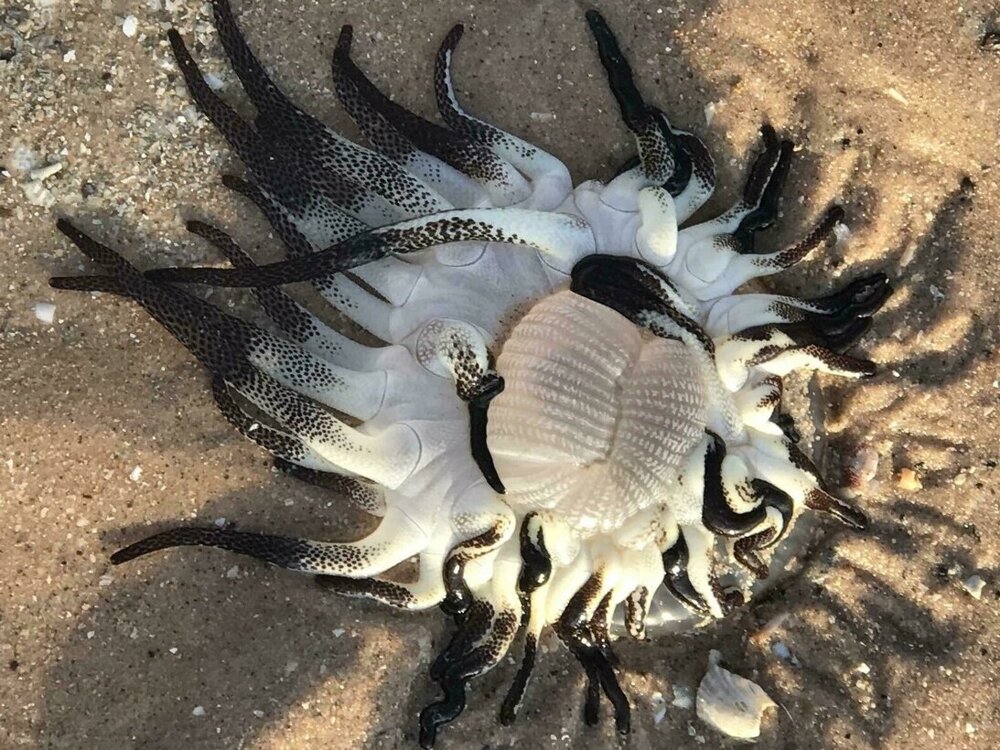
Dophleinias come in a variety of colors and sizes. Depending on the place where the animal is located, the sea anemone adapts to the surrounding conditions, merging with the ground.
This poison is neurotoxic. It destroys the cell's ability to transmit signals. In small quantities, the poison causes swelling and severe pain at the injection site. If the toxin penetrates deeper, the person will experience cramps in the affected muscles. And if the poison enters the bloodstream, it causes breathing problems and even paralysis. 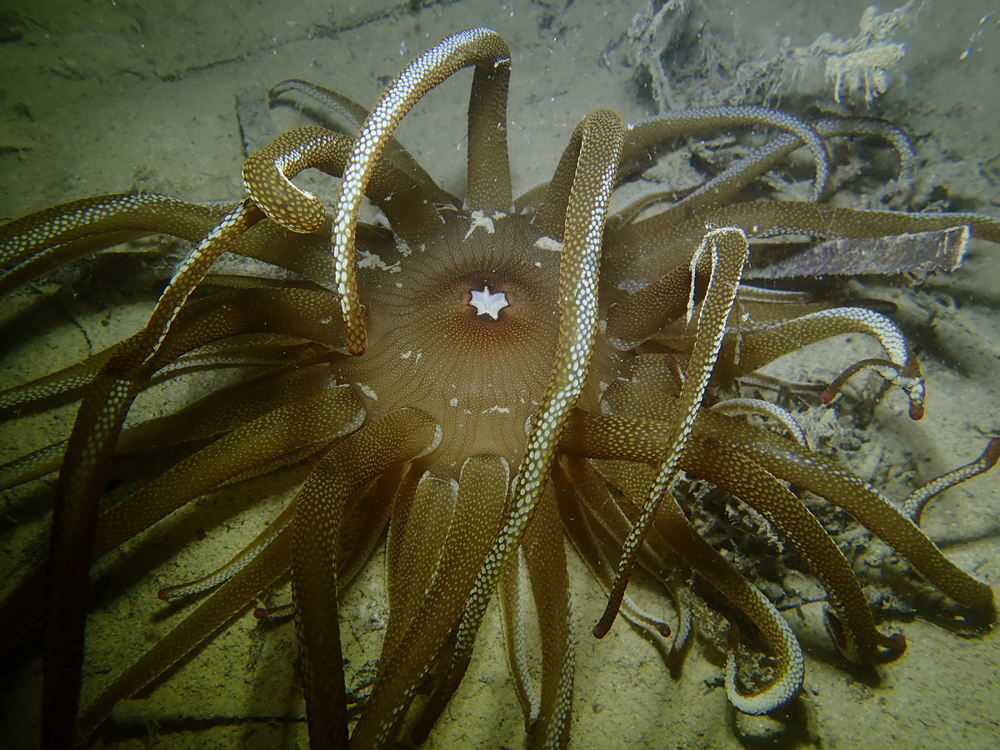
Dofleynia, you are so beautiful! It's breathtaking!
The poison is practically not destroyed, and is eliminated from the body extremely slowly. Therefore, victims suffer from pain for up to 6 weeks. You wouldn’t wish your fate on your enemy. And the most unpleasant thing: toxic living creatures live near the coastal zone, on sandy and muddy soils up to 20 meters deep. 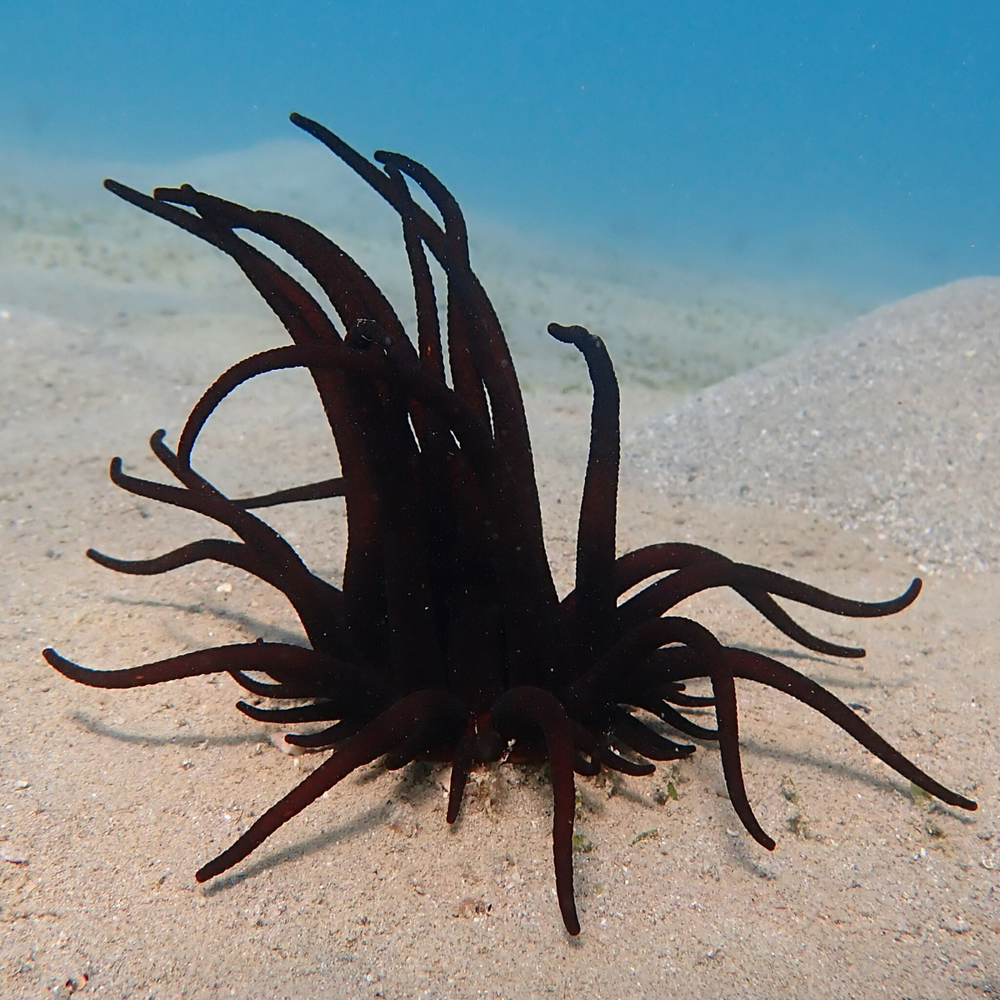
My class when I heard the sound of chips being opened.
During low tide, the sea anemone contracts its tentacles and becomes almost invisible, but this makes it no less biting. Therefore, walk along the beaches of Australia, the Philippines and Indonesia only in slippers. And while diving, don’t pet those cool snakes that cluster at one point. 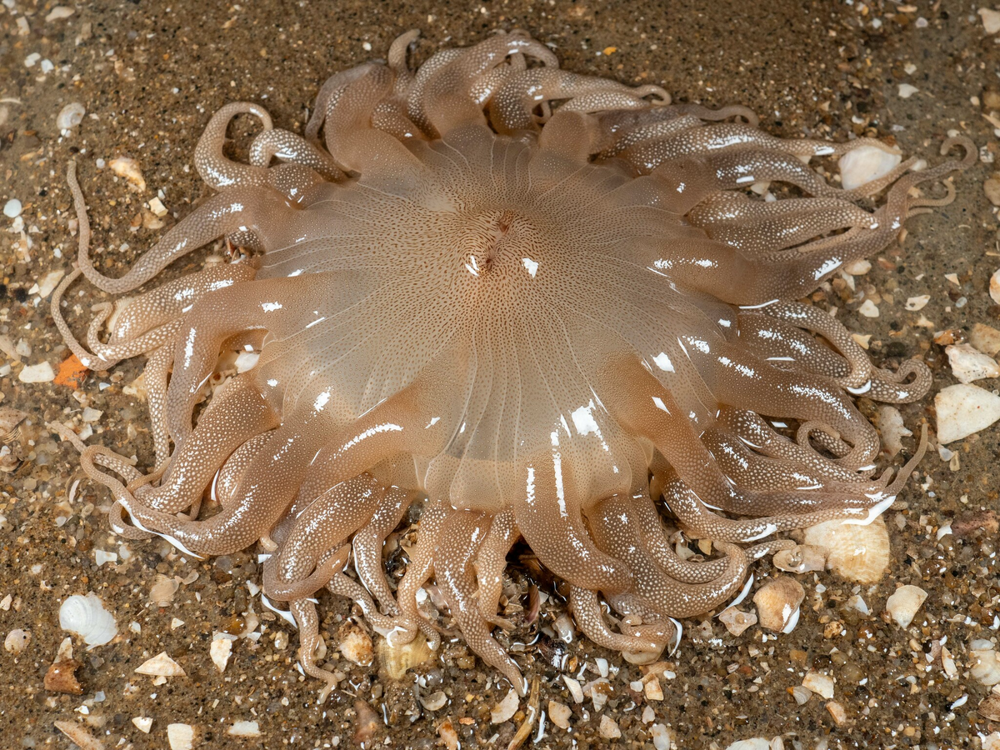
Anemones do not have an internal skeleton, so outside the water they turn into limp jelly.


